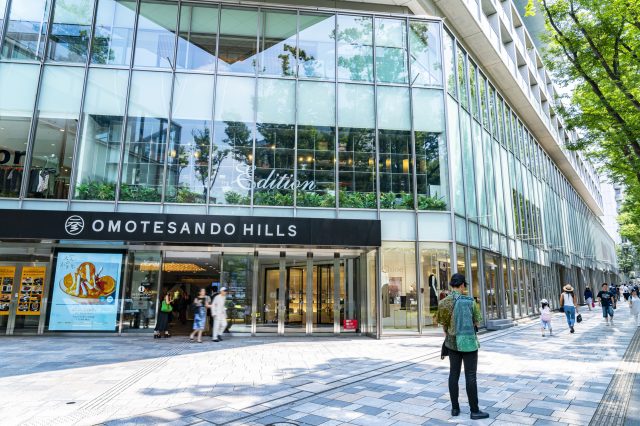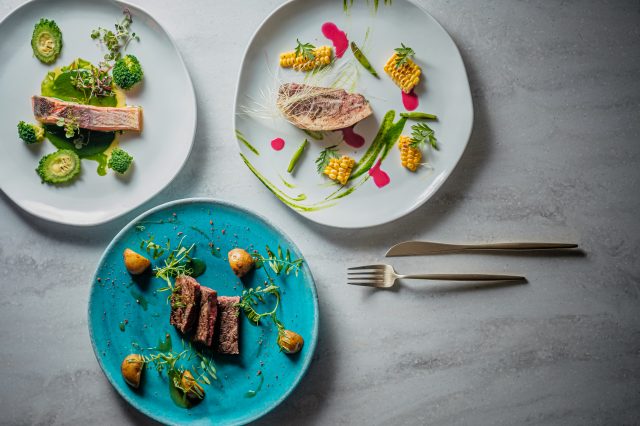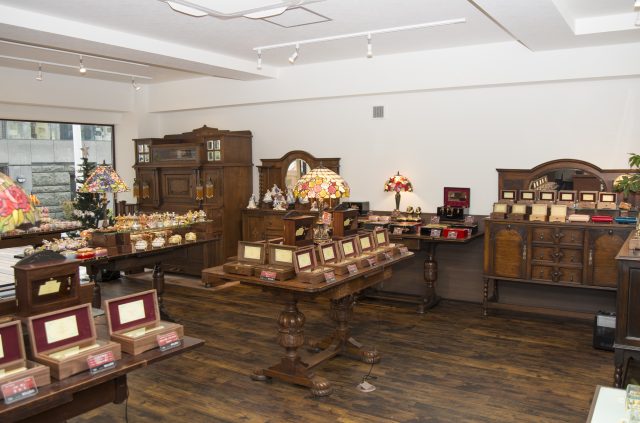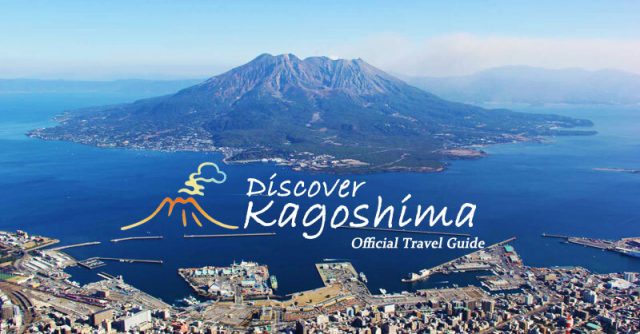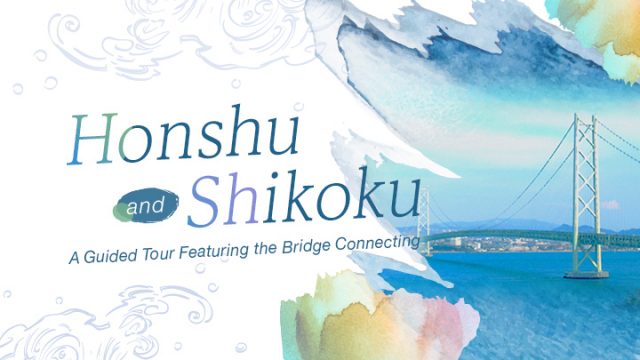真的很建議參觀完了,來此日本庭園的有咖啡廳坐著放鬆一下感受這藝術氛圍。
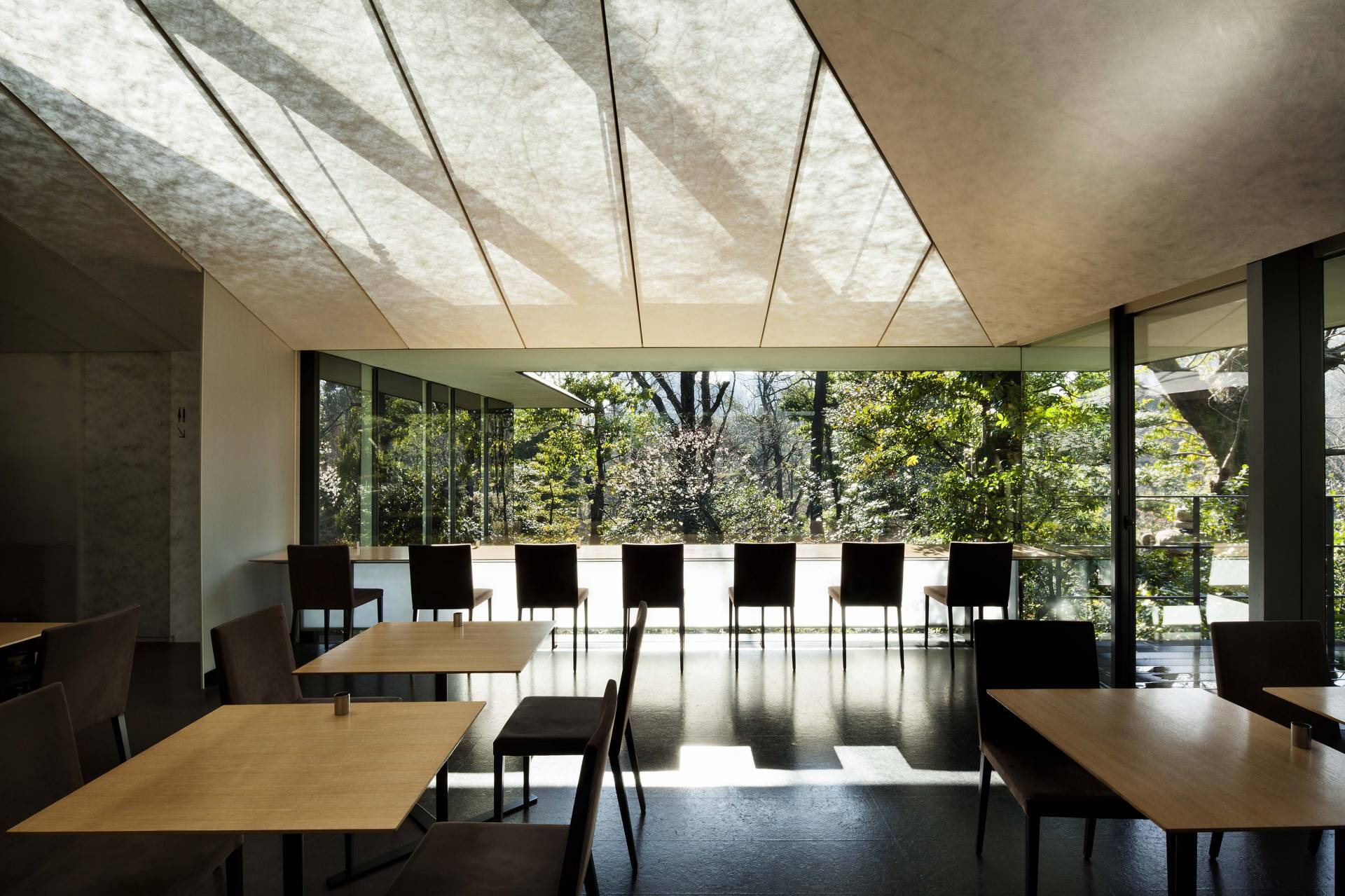
Verified [Verified] denotes information that has been published with confirmation of its owing parties.
Nezu Museum
National treasures and other important antiquities are on display. The museum is filled with the passion of businessman Kaichiro Nezu.
Located in a prime location in Aoyama, a sophisticated area of Tokyo, it is one of the few private museums in Japan with a history dating back to before World War II. The museum has a collection of approximately 7,600 Japanese and Oriental antiquities (as of the end of December 2021), including 7 National Treasures, 88 Important Cultural Properties, and 94 Important Art Objects.
The majority of the collection is from the collection of Kaichiro Nezu (1860-1940), a businessman, politician, and tea master, from whom the museum takes its name. Mr. Nezu wished for the collection to be "enjoyed with the public," and Kaichiro Nezu II fulfilled this wish when he opened the Nezu Museum in his private residence in 1941. Later, most of the exhibition rooms and tearooms were destroyed by fire during the war, but the collection was preserved. The building was rebuilt after the war. In 1991, the 50th anniversary of the museum, it was expanded and reconstructed as a commemorative project, and from 2006, it underwent a large-scale renovation designed by Kengo Kuma that took three and a half years to complete. The museum holds seven exhibitions a year, each with a different theme.
The museum is structured to allow visitors to spend a rich and relaxing time, with a museum store and auditorium in addition to the exhibition space. In particular, there is a café and four tea rooms in the Japanese garden, which retain the atmosphere of the Nezu family's private residence, and offer visitors a chance to reminisce about those days.
Highlights
-
Approximately 7,600 antiquities including 7 National Treasures, 88 Important Cultural Properties, and 94 Important Art Objects.
-
One of the few private museums in Japan with a history dating back to before World War II.
-
The majority of the collection is owned by Kaichiro Nezu I, a businessman, politician, and tea master.
-
The grounds include exhibition space, a garden, tea ceremony rooms, a café, and a museum store.
Photos
-
![Striking approach with bamboo]()
Striking approach with bamboo
-
![The number of collections stood at 7,613 as of December 31, 2021.]()
The number of collections stood at 7,613 as of December 31, 2021.
-
![There are four tea houses in the garden.]()
There are four tea houses in the garden.
-
![Japanese garden that retains traces of the Nezu family's private residence]()
Japanese garden that retains traces of the Nezu family's private residence
-
![The exhibition building and café were designed by Kengo Kuma in 2009]()
The exhibition building and café were designed by Kengo Kuma in 2009
-
![Find souvenirs at the museum store!]()
Find souvenirs at the museum store!
Reviews
-
Ally Chu
-
Mei Xu
以佛教藝術作品為主題的美術館,隈研吾大師設計,外邊日式庭園古色古香鬧中取靜。
Details
- Name in Japanese
- 根津美術館
- Postal Code
- 107-0062
- Address
- 6-5-1 Minamiaoyama, Minato-ku, Tokyo
- Telephone
- 03-3400-2536
- Admission Inclusive of Tax
-
Special exhibitions (reserved by date and time online): General 1,300 yen (1,000 yen for high school and university students; free for junior high school students and younger)
Special Exhibitions (Online reservation): Adults 1,500 yen (1,200 yen for high school and university students, free for junior high school students and younger)
*200 yen discount for those with a disability certificate and accompanying persons.
*Window sales (plus 100 yen) are available at the museum reception desk only if there is room in the reserved capacity. - Closed
-
Every Monday (if Monday falls on a national holiday, the following Tuesday)
*Closed during exhibition change periods. - Business Hours
- 10:00m-5:00pm (Admission allowed until 4:30pm)
- Directions
-
(1) 8-minute walk from Omotesando Station on the Ginza, Hanzomon and Chiyoda subway lines from Exit A5 (stairs), 10-minute walk from Exit B4 (stairs and elevator), 10-minute walk from Exit B3 (elevator or escalator)
(2) Take Shibu88 bus (bound for Shibuya - Shimbashi Ekimae) and get off at "Minami Aoyama 6-chome" bus stop. 5 minutes walk. - Credit Cards
- Accepted
- Official Website
- Official Website (English)












